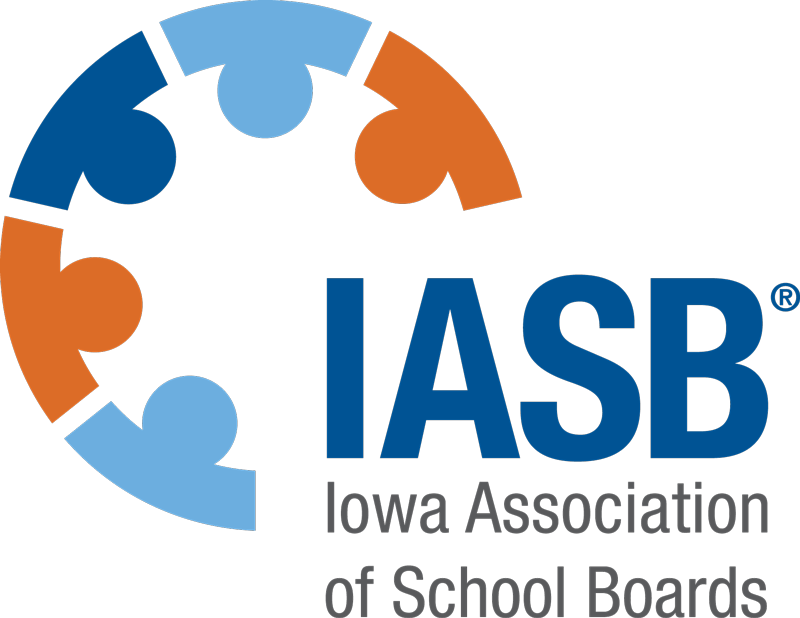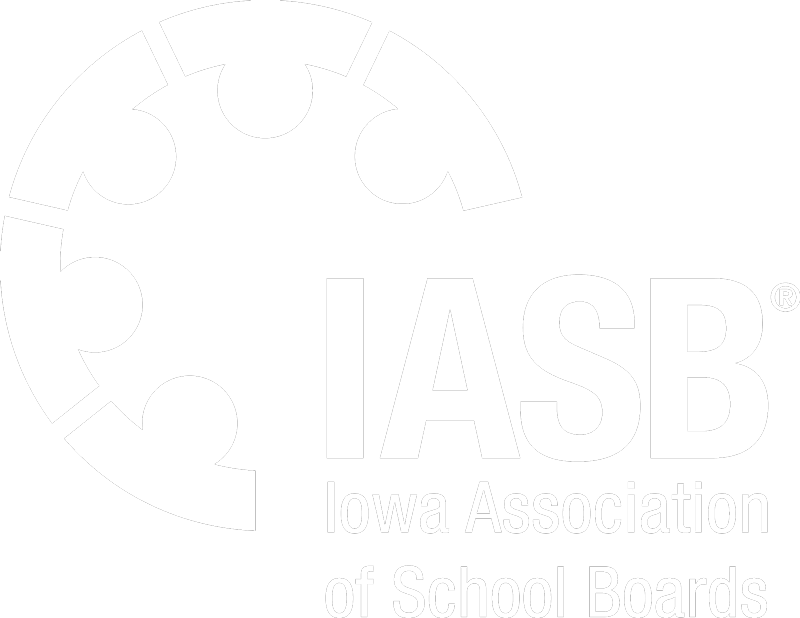AEA Bill (HF 2612)
This bill took up much of the legislature’s time and attention. It includes three major sections with big impacts on school districts: changes to AEA funding and structure, an increase in minimum teacher salaries, and sets supplemental state aid (SSA) for the upcoming school year. For a PDF copy of the summary, click here.
HF 2612 was signed into law by Governor Reynolds on March 27, 2024. IASB’s final registration on the legislation remains undecided. We have concerns about some of the AEA reforms but are supportive of the investment in teacher salaries and raising the wages of education support personnel.
Components of the bill include:
AEAs
- Division of Special Education—This division within the Department of Education (DE) will include 13 additional staff in Des Moines and 40 staff spread throughout the AEAs. The Director of Special Education of each AEA will also be a DE employee.
- The current nine employees of the AEAs who serve as special education directors would immediately become employees of the DE on July 1, 2024. Their role would be reduced to that of oversight, eliminating their functions of supervisory and directing activities by those employees provided to special education students.
- This move also fails to consider that the nine special education directors currently employed by the AEAs are under contract that would be terminated with this legislation, violating the rights of those employees to due process for contract termination.
- Special Education—No changes in the first year—100% of funding would go to the AEA. In year two, 90% of special education dollars would be sent to the AEA, in the same way they are currently. 10% of special education dollars would remain with each school district to use for any special education purpose. The language makes it clear that a school district does not have to specify which services it will receive and will receive those services regardless of the financial contribution of the district.
- Media and Education Services—In the first year, 60% of funding will go to the school district, while 40% will remain with the AEA. In the second year, all the money will go to the school district. The money retained by the school district can be used for any general fund purpose.
- AEA Choice—A school district may choose to receive services from the AEA in which they are geographically located or may choose to receive services from another, contiguous AEA. It also allows school districts who share a superintendent to choose from which AEA to receive services even if they aren’t contiguous.
- AEA Boards—These boards become advisory. The board will have the power to hire and sign employment contracts. The chief administrator will sign all other contracts. In addition, the makeup of the board will change effective, July 1, 2024. The board will be comprised of five elected and four members must be superintendents in the region, elected by all the superintendents in the AEA region.
- Task Force—A task force is established under the legislature's jurisdiction with recommendations to be done by Dec. 2024.
- Professional Development—AEAs can only provide professional development approved by the DE. However, the money formerly sent to the AEAs for professional development will now be sent to the DE, so it is unclear how the AEAs would provide professional development.
- AEA Chiefs’ Salaries—Their salary will be limited to no more than 125% of the average salaries of all superintendents in the AEA region.
Teacher Salaries
- Teacher Compensation—The minimum teacher salary would be set at $47,500 in year 1 and $50,000 in year 2. The minimum salary for veteran teachers (those with 12 years of experience) would be set at $60,000 in year 1 and $62,000 in year 2. Money for these increases would be provided through the Teacher Salary Supplement (TSS). A tiered system based on enrollment will determine the average amount of TSS provided to each district within an enrollment tier. TSS amounts would be adjusted to ensure that districts receive enough state funding to reach the requirement minimums. The amount provided to districts will increase each year by the amount of SSA. Additionally, $14 million would be provided for increased wages for educational support personnel.
- The initial House bill allocated funding based on enrollment, while this bill allocates funds based on cost. In doing so, districts were placed into tiers based on enrollment, and an average cost to reach the tiers was then generated. For some districts, the average cost resulted in more funding than they needed to reach the minimums – the expectation is they will use those funds to address wage compaction. For others, they still had a gap, so the Department of Management provided additional funds for them to reach the minimums to avoid an unfunded mandate. Ultimately, 189 districts received funding beyond their cost to reach the minimums. This amount totaled $22.35 million. Most of the remaining 136 districts received more funding under this model than they would have under SSA or any initial proposal, and they retain several other options for addressing pay compaction, including flexibility in PD, TAG, and TLC categoricals as well as the new 60% media ($19.9 million) and educational services ($22 million) funding.
- IPERS Change for Retired Teachers—For an IPERS member whose first month of IPERS retirement benefits is July 2024 or later, but before July 2027, the member may return to IPERS covered employment as a teacher (licensed under chapter 256) for a covered employer after receiving one month of retirement benefits.
Supplemental State Aid (SSA)
Supplemental State Aid (SSA)—Sets the SSA rate at 2.5% for the upcoming school year.
15.3.2025.8

